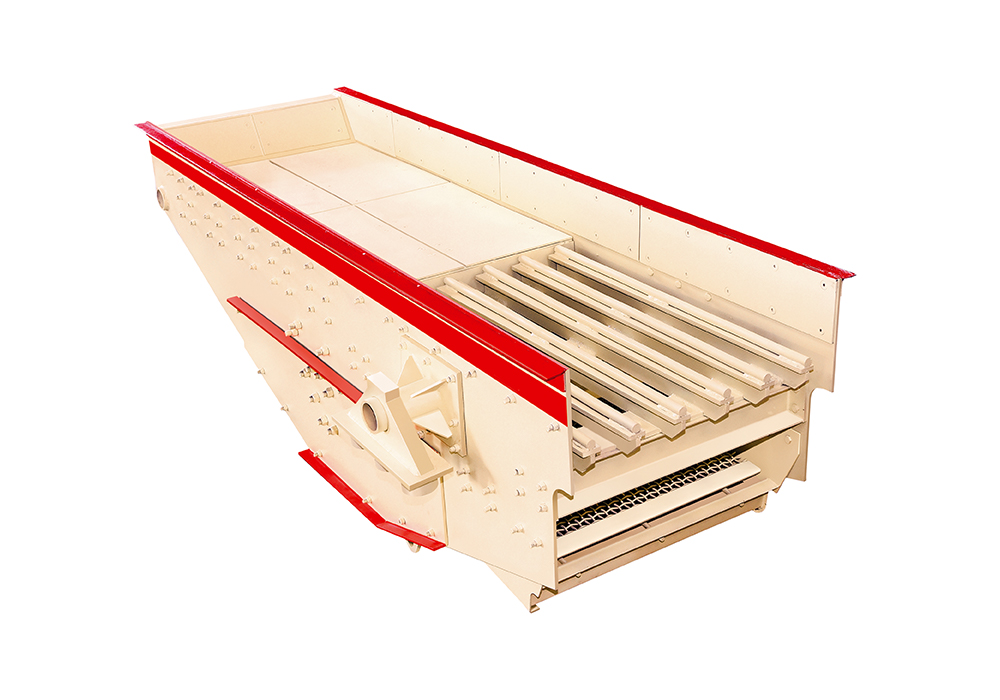
Vibratory feeders are important in the industrial automation and bulk material handling industry to provide a smooth, consistent, and controlled flow of material. They cannot do without in the mining, construction.
R D Group is a company which specializes in manufacturing, exporting, and supplying vibratory feeders with a high level of performance and durability of the equipment to meet the demands of various industrial needs.
A vibratory feeder is a machine that triggers and feeds bulk materials through vibrations, which are controlled to move the material. The vibratory motion makes the material flow along a tray or trough, and therefore, the flow of the material can be fed precisely and continuously into the next process, like crushers, conveyors, or packages.
Vibratory feeders can be used based on the principle of vibration transfer and resonance frequency. Oscillations are produced by an electromagnetic or mechanical impulse, and this movement causes the material to progress, making small leaps. This guarantees flow of materials with minimal spillage or blockages and constant flow of material.
The vibratory feeders of the R D Group are developed with the professional engineering and user-oriented innovation. The following are some of the outstanding features:
The characteristics render R D Group vibratory feeders best suited in any industry that is interested in reliability, accuracy, and energy efficiency in handling materials.
R D Group vibratory feeders are used in a wide range of industrial sectors where efficiency and precision are critical:
In these sectors, vibration feeders are used to improve the efficiency in production, control material flow, and product consistency.
R D Group produces a wide variety of vibratory feeders which has applications and material properties:
All of the types can be customized using variable drive systems, tray requirements, and material coating in order to suit your operation requirements.
Vibratory feeders may feed on a wide range of types of material including fine powder and granules to coarse aggregates and minerals depending on the tray design and the strength of the vibration.
Periodically inspect wear, tighten bolts, inspect drive unit and clean tray. It has easy-to-maintain components due to fewer moving parts.
The electromagnetic feeders are more accurate in the control of fine materials whereas feeders operated by motors are used to control bulk and heavy materials with high vibrations.
Our feeders are cost-effective and environmentally friendly since they are designed with optimized vibration systems that can reduce energy usage and therefore, the feeders are efficient in terms of throughput.
Yes, it is possible to connect R D Group feeders to automated production and packaging lines, and thereby increase the overall performance of the system.